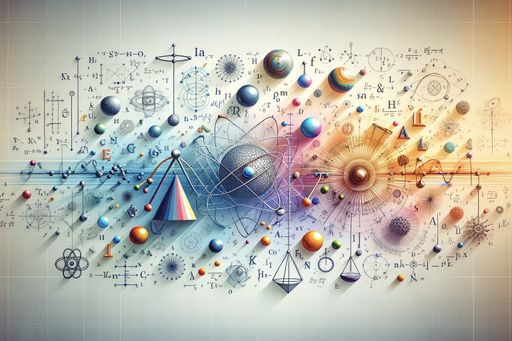Physicists Discover Surprising Quantum-Like Behavior in Tiny Bouncing Droplets
Researchers have found that tiny droplets of oil exhibit behavior similar to quantum systems, challenging classical physics.

Hydrodynamic Pilot-Wave Experiment
In a fascinating experiment, researchers observed that tiny droplets of oil running down two adjacent channels in a bath of vibrating fluid displayed behavior that resembled a famous quantum thought experiment.
This hydrodynamic pilot-wave experiment, conducted by fluid dynamicist John Bush and physicist Valeri Frumkin at MIT, exhibited features typically associated with quantum systems that were previously thought to be impossible for classical physics to explain.
By emulating the Elitzur-Vaidman bomb tester – an example of interaction-free measurement – the researchers were able to gain information about one object's quantum state using the gentle caress of another object's wave, without disturbing either object's delicate nature.
Quantum Bomb Tester Experiment
In the bomb tester experiment, a photon is split into two states (a superposition), which travel down two channels. Half the time, one of the channels contains a 'bomb' that can destroy the superposition by absorbing a photon and having its own quantum state destroyed.
Interestingly, even when the photon took the other channel and did not encounter a bomb, its recombination into a single whole can provide information about whether or not the bomb was present, without ever detonating the bomb.
This behavior, which is typically associated with quantum systems, does not align with classical physics. However, the researchers found similar results in their experiment with oil droplets, suggesting a connection between classical and quantum behavior.
Bridge between Classical Physics and Quantum Realm
The findings of this study demonstrated a bridge between the fixed, solid world of classical physics and the more uncertain quantum realm. By replacing photons with oil droplets and liquid ripples with superposition probabilities, the researchers were able to observe classical and quantum-like behavior in a single experiment.
This result aligns with the pilot-wave theory, an interpretation of quantum experiments in which interacting ripples guide an object's characteristics.
Overall, this research contributes to our understanding of how quantum behaviors, such as the collapse of possibilities into discrete states, can be explained using classical physics.



